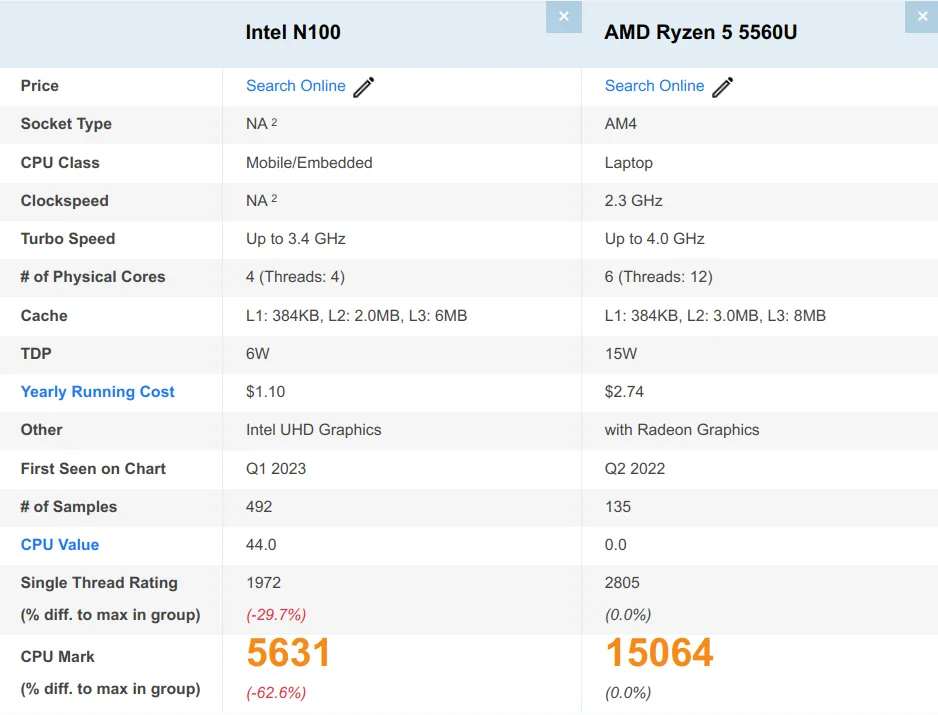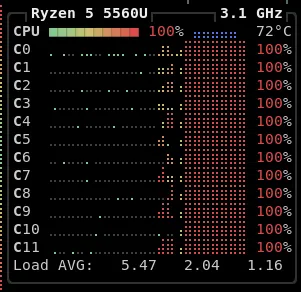
A few days ago you might have read @gtg's post about running a Hived node on a mini pc. I've been playing a lot with Mini PC's lately and it's really amazing what you can get these days in a small form factor and low power usage. Not long ago I wrote about the Raspberry Pi 5 launch and how I would recommend a Pi to most people at this point as Mini PC's are not much more but far more powerful.
I actually was playing around running a Hived node on an Intel N100 as well as an AMD 5560U machine. While they are both more than capable of running a Hive node, they are incredibly slow to do a full sync on directly. I do plan on spinning up a Hived node on a mini pc at some point, I generally will not host services on my LAN that require stability, especially in the winter where we may lose power for a few hours or even a few days at a time due to snow.
I do however run a lot of services on my LAN for my own internal use and entertainment. In the last few months I have been rebuilding my network to reduce power usage and heat. I live in an area with very high electricity costs, currently $0.256 KWH up from around $0.156 just over a year ago.
I picked up a few Intel N100 and AMD 5560U mini pcs to act as cluster nodes. The picture above is the BeeLink EQ12, which is an Intel 12th Generation N100, 16GB DDR4 Ram, and 500GB NVME Gen3 with dual 2.5Gbe. While this sounds pretty impressive, and it is pretty snappy, it's real power comes from the fact it doesn't really use much. The processor is rated at 6W and the entire machine runs at around 10-11W while idle.
My primary nodes are running the AWOW AMD 5560U with 32GB DDR 5 ram and 1TB NVME storage, also with dual 2.5gbe.

If you take a look at the comparison of these two machines, you can see the AMD is almost 300% faster than the Intel with only a small increase in power usage. With all components, the difference in power usage at idle is almost non-existant, they both run at around 11W.


PC power consumption is kind of deceptive, while the 5560U is rated at 15W, but only uses around 11W while idle, it can use as much as 39W while under load.


If you look at the AMD 5950X high end desktop processor, it is rated at 105W but will use 40-50W while under low usage. At idle, these mini pcs will save a lot of power, but under load is where they really save money. The 5560U 39W is also full load with all system components, my 5950X while may idle at 40-50W, you can expect another 50W or more.
At 0% CPU usage, I am drawing around 135W on my 5950X.

Under a load that can skyrocket to over 500W!

At idle, the mini pc will run around $2/month on power usage, but the 5950X will run $24/month also at idle. At 100% cpu you are looking at $7.20/month and $97/month. Granted the 5950X has a much more powerful GPU, but the difference is massive, and for what? The 5560U is plenty fast enough to run most of my entire infrasture, in fact I have 31 docker containers running off it. I have another 40 or so containers to move over to the cluster.

This is only a virtual machine that is only given access to 8 CPUs and 8G of ram, not even the entire machine. With three or more of these mini pcs, you can run a fully fault tolerant cluster using around 33W of power while idle.
I picked up the Beelink EQ12 for under $200 and the AMD 5560U for just under $300 a piece. Although many of these mini pcs have deceptive pricing with large coupons and frequently changing pricing which makes it hard to get a few at the same price.
As someone who previously had over ten Raspberry Pis at one time, I mostly have moved away from them in favor of mini pcs. Unless you are a gamer, I'd even recommend these mini pcs to most users as a desktop. These little machines can run 3 4K monitors easily.
Title image is from Amazon product page for the BeeLink EQ12